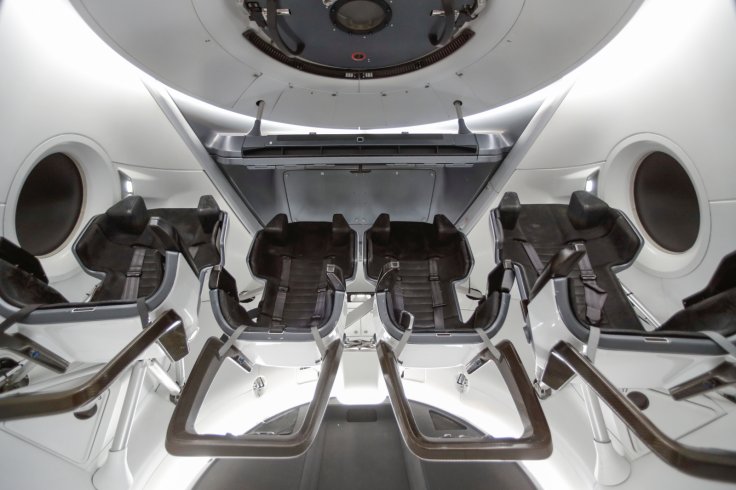
After interminable delays, the Crew Dragon spacecraft from SpaceX will finally get to fly to the International Space Station (ISS) on March 2 -- that is, if nothing untoward occurs to delay this historic mission.
The first test flight mission of Crew Dragon, also known as Dragon 2, to the ISS has been dubbed Demo-1, according to both NASA and SpaceX which made the announcement over the weekend. There will only be one "passenger" aboard this mission, a test dummy wearing a spacesuit and packed with sensors.
"We need to make sure that (Crew Dragon 2) can safely go rendezvous and dock with the space station, and undock safely, and not pose a hazard to the International Space Station," said Kathy Lueders, manager of NASA's Commercial Crew Program.
The first Crew Dragon will lift off atop a SpaceX Falcon 9 launch vehicle from Pad 39A of NASA's Kennedy Space Center in Cape Canaveral, Florida on March 2 at 0748 GMT. Backup launch dates are set for March 5 and March 8 or 9 if the first attempt is aborted.
On the other hand, SpaceX has been developing Crew Dragon 2 since 2014 under a $2.6 billion contract with NASA. NASA's goal in awarding this contract to SpaceX is to bring crewed orbital launch back to U.S. soil.
The United States gave-up this capability when NASA retired its space shuttle fleet in 2011. NASA currently depends entirely on Russian Soyuz rockets and spacecraft to transport its astronauts to and from the ISS. It costs NASA $80 million per seat to fly its astronauts to the ISS aboard Soyuz.
This article was first published in IBTimes US. Permission required for reproduction.









